Measurements – Time
In this article, we want to know more about time and how to measure it. So join us!
[include_netrun_products_block from-products="product/6-virginia-sol-grade-3-math-practice-tests/" product-list-class="bundle-products float-left" product-item-class="float-left" product-item-image-container-class="p-0 float-left" product-item-image-container-size="col-2" product-item-image-container-custom-style="" product-item-container-size="" product-item-add-to-cart-class="btn-accent btn-purchase-ajax" product-item-button-custom-url="{url}/?ajax-add-to-cart={id}" product-item-button-custom-url-if-not-salable="{productUrl} product-item-container-class="" product-item-element-order="image,title,purchase,price" product-item-title-size="" product-item-title-wrapper-size="col-10" product-item-title-tag="h3" product-item-title-class="mt-0" product-item-title-wrapper-class="float-left pr-0" product-item-price-size="" product-item-purchase-size="" product-item-purchase-wrapper-size="" product-item-price-wrapper-class="pr-0 float-left" product-item-price-wrapper-size="col-10" product-item-read-more-text="" product-item-add-to-cart-text="" product-item-add-to-cart-custom-attribute="title='Purchase this book with single click'" product-item-thumbnail-size="290-380" show-details="false" show-excerpt="false" paginate="false" lazy-load="true"]
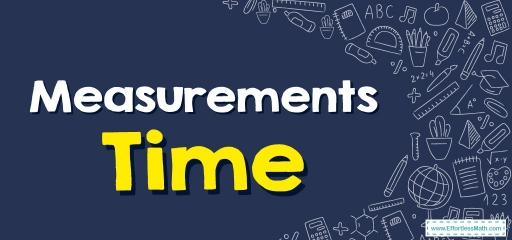
Time can be defined as a period in which a particular event occurs, has occurred, or will occur. It’s a measurable quantity, plus it’s additionally infinite.
Time gets measured via seconds, minutes, and hours, as well as days, months, and years.
There are a lot of additional tinier units of time like milliseconds or microseconds. The tiniest time unit is called a ‘Zeptosecond’.
An hour equals \(60\) minutes, plus a minute equals \(60\) seconds.
The majority of analog clocks have \(3\) sticks mounted in their center which spins all around the clock so you can tell what time it is. They are known as clock hands. Those \(3\) hands get used for telling hours, minutes, and seconds.
Related Topics
The Hour hand
The small hand is the hour hand. This hand lets one know what hour it is. Whenever the hour hand gets in-between \(2\) numbers, it lets you know you are in between those \(2\) hours. Then its shorthand or hour hand goes around \(1\) whole rotation around the clock dial in twelve hours.
The Minute hand
The clock’s longer hand is known as the minute hand. The clock’s longhand or minute hand goes around the circular dial once in \(1\) hour.
The Second hand
The extremely thin hand which is normally the same size as a minute hand is called a second hand. This hand goes \(1\) time around the clock dials in \(1\) minute and signals the seconds for each minute.
Time measures for fifteen-thirty or forty-five minutes can be shown this way:
Quarter to – That implies fifteen minutes are remaining to carry out the given hour. For instance, \(04\):\(45\) implies, there are fifteen minutes to get to \(5\):\(00\). That’s read as “a quarter to six”.
Quarter past – That implies fifteen minutes have gone by after the hour has begun. For instance, \(06\):\(15\) entails, fifteen minutes have gone after \(6\):\(00\). That gets read as “a quarter past seven”.
Half-past – This represents thirty minutes that have gone by after the hour has begun. For instance, \(03\):\(30\) indicates, thirty minutes have gone by after \(3\):\(00\). That gets read as “a half-past eight”.
A.M. and P.M.
- Time going from \(12\):\(00\) in the midnight to \(11\):\(59\) in the morning is described as ‘a.m’.
- Time going from \(12\):\(00\) in the afternoon to late night \(11\):\(59\) is described as ‘p.m’.
12-hour and 24-hour clocks
- With a \(12\)-hour time format, the time gets expressed via a.m or p.m. So, \(8\):\(20\) in the morning is shown as \(8\):\(20\) a.m. The equivalent time in the evenings is shown as \(8\):\(20\) p.m.
- With a \(24\)-hour time format, \(6\):\(30\) a.m. gets shown as \(6\):\(30\) hours, but \(6\):\(30\) p.m. is shown as \(18\):\(30\) hours. This is done by adding \(12\) to the hour number. Though, the minute number stays the same.
Measurements – Time – Example 1:
How much time has passed?
\(3:40\) AM to \(5:20\) AM:____ hours and____ minutes.
Solution:
We know that every hour is \(60\) minutes. From \(3:40\) AM to \(5:20\) AM, \(100\) minutes have passed, that is, \(1\) hour and \(40\) minutes.
Measurements – Time – Example 2:
Solve
There are_____ second in \(12\) minutes.
\(1\) minute \(= 60\) seconds. So \(12\) minutes \(= 12 × 60=720\). There are \(760\) seconds in \(12\) minutes.
Exercises for Measurements – Time
Solve
- \(2:50\) AM to \(4:20\) AM:____ hours and____ minutes.
- \(3:15\) PM to \(5:30\) PM:____ hours and____ minutes.
- There are____ minutes in \(20\) hours.
- There are____ second in \(15\) minutes.
- \(1\) hour and \(30\) minutes.
- \(2\) hour and \(15\) minutes.
- \(1,200\)
- \(900\)
Related to This Article
More math articles
- 5th Grade MEA Math Worksheets: FREE & Printable
- Top 10 6th Grade MAP Math Practice Questions
- 8th Grade SBAC Math Practice Test Questions
- The Ultimate 7th Grade GMAS Math Course (+FREE Worksheets)
- 10 Most Common 4th Grade NYSE Math Questions
- The Intermediate Value Theorem
- How to Graph Proportional Relationships and Find the Slope
- The Most Effective Methods for Learning Math Facts and Improving Number Sense
- Intelligent Math Puzzle – Challenge 81
- How to Evaluate Logarithms? (+FREE Worksheet!)

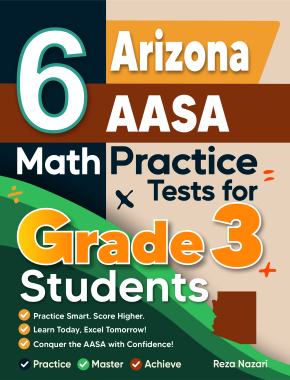



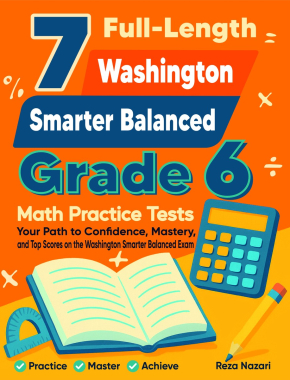


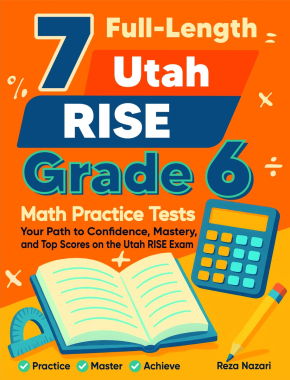
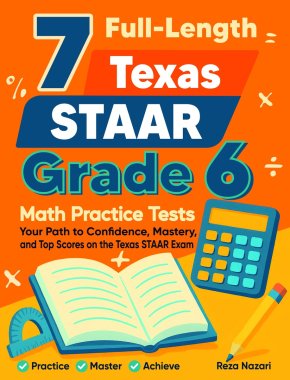
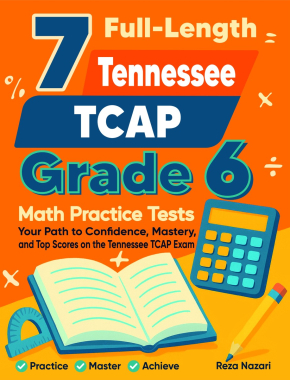
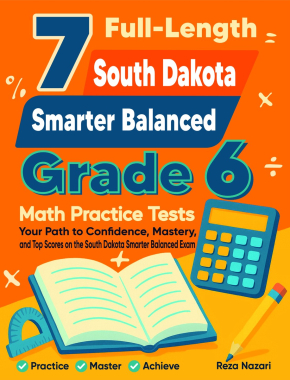
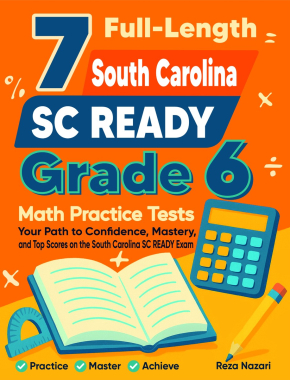
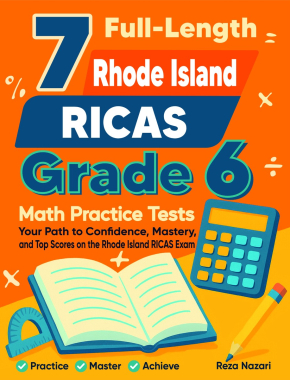




What people say about "Measurements – Time - Effortless Math: We Help Students Learn to LOVE Mathematics"?
No one replied yet.